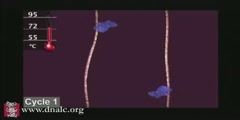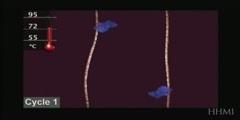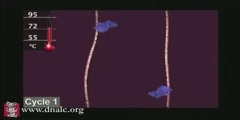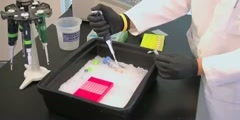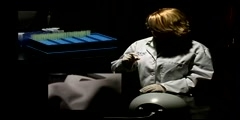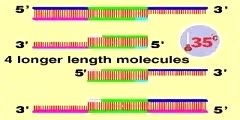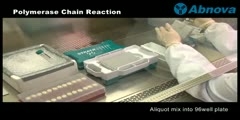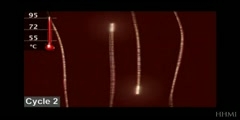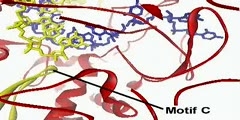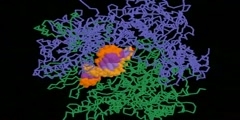Cycles of Polymerase Chain Reaction (PCR)
PCR consists of a series of 20-40 repeated temperature changes, called cycles, with each cycle commonly consisting of 2-3 discrete temperature steps, usually three. The cycling is often preceded by a single temperature step (called hold) at a high temperature (>90°C), and followed by one hold at the end for final product extension or brief storage. The temperatures used and the length of time they are applied in each cycle depend on a variety of parameters. These include the enzyme used for DNA synthesis, the concentration of divalent ions and dNTPs in the reaction, and the melting temperature (Tm) of the primers.
Channels: Cell Biology
Tags: molecualr biology PCR polymerase method garland science garlandscience
Uploaded by: anja ( Send Message ) on 08-04-2010.
Duration: 2m 53s
